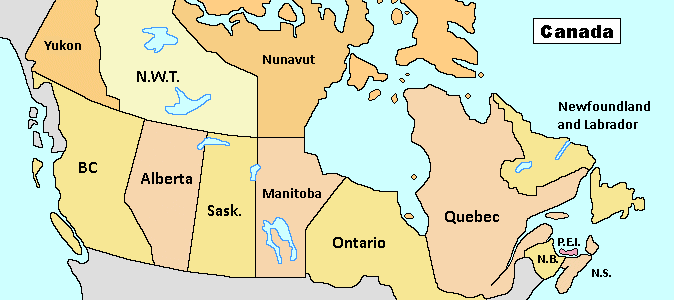
Linguistic history of Canada
About the author

Jacques Leclerc
Jacques Leclerc is a linguist and sociolinguist. He holds a master's degree in linguistics from the Université de Montréal, and has been interested in questions relating to language policies since 1985. Among his numerous publications are the following: Langue et société,1986, Mondia Éditeur, 530 p., Revised in 1992, Recueil des législations linguistiques dans le monde (volumes I to VI), 1994, Presses de l'Université Laval, and Langues et constitutions, 1993, Office of the French Language (Quebec) and International Council of the French Language (France).
In addition to some twenty volumes, he has also written almost sixty articles on language development and given close to fifty lectures and interviews on the subject. He has also been a consultant on linguistic planning and has participated in several symposia on this issue (Montreal, Quebec, Ottawa, Paris, Grenoble, Rabat, etc.).
Since 1999, Jacques Leclerc has been responsible for the drafting and revision of the site Aménagement linguistique dans le monde website at Université Laval (Québec) (in French only). The site, which gets more than 15,000 visits per day, presents language situations and policies of 398 states or territories in the 195 (recognized) countries around the world.
Between 2004 and 2006, he created another site for the federal Department of Canadian Heritage, SLMC (Site for Language Management in Canada), which presented Canada's linguistic history, its languages and populations, provinces and territories. In 2017, he contributed to the Compendium of Language Management in Canadawebsite at the University of Ottawa.
About this section
Back then, the first inhabitants spoke a lot of Amerindian and Inuit languages (Section 1). These peoples were then confronted with European languages, especially French and English in North America. Progressively, French expanded throughout New France, which included not only the St. Lawrence Valley, but also Acadia and Louisiana (Section 2). Thereafter, the Franco-British rivalry would establish a new status for languages that will contribute to the formation of modern Canada (Section 3). Under the British regime, demographics changed until the country became predominantly English-speaking, particularly after the American Revolution and the arrival of the Loyalists (Section 4), and then the arrival of hundreds of thousands of immigrants in the 19th and 20th centuries (Sections 5 and 6). Finally, the introduction of official bilingualism in Canada in 1969 and the advent of the Charter of Rights and Freedoms in 1982 led to considerable progress in the protection of linguistic rights and the equality of both official languages (Section 7).
This section also provides an inventory of important historical documents that have shaped Canadian bilingualism, and a comprehensive bibliography.
